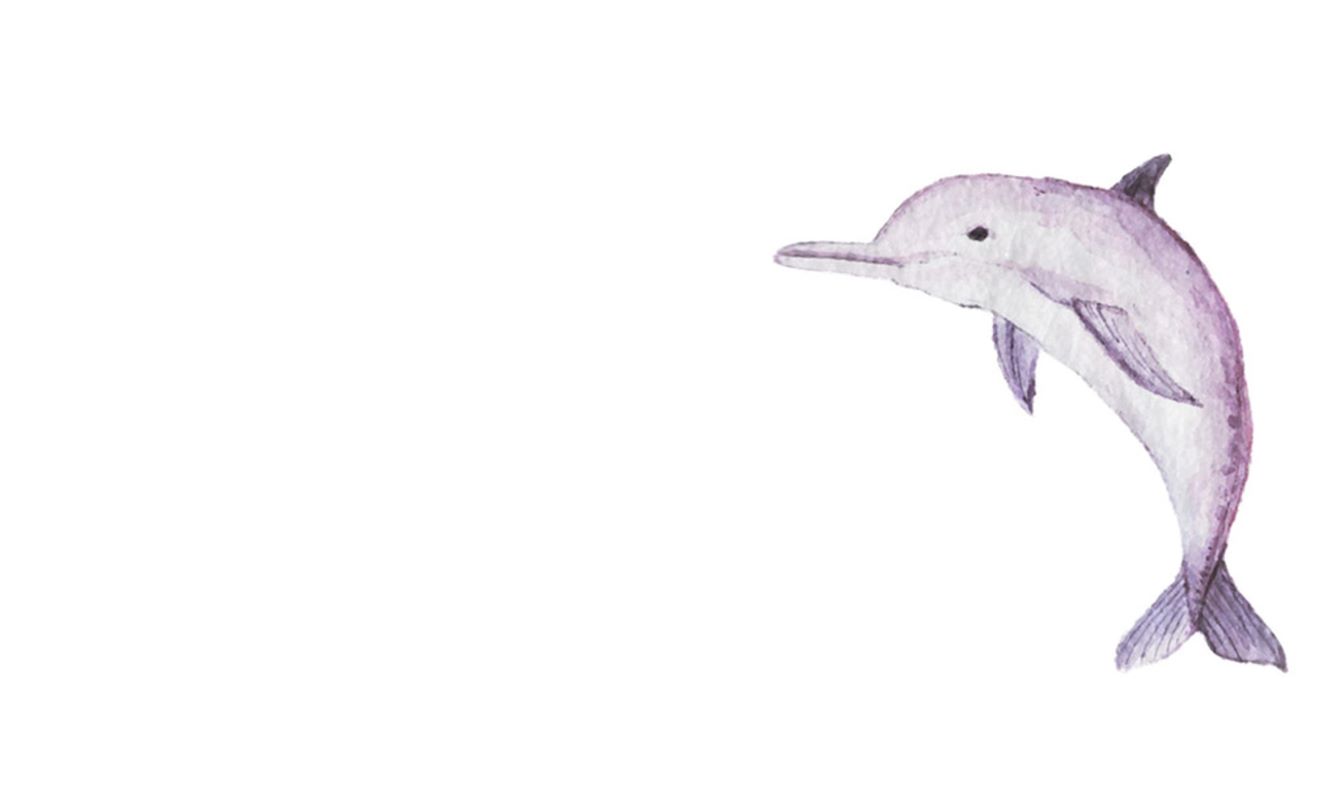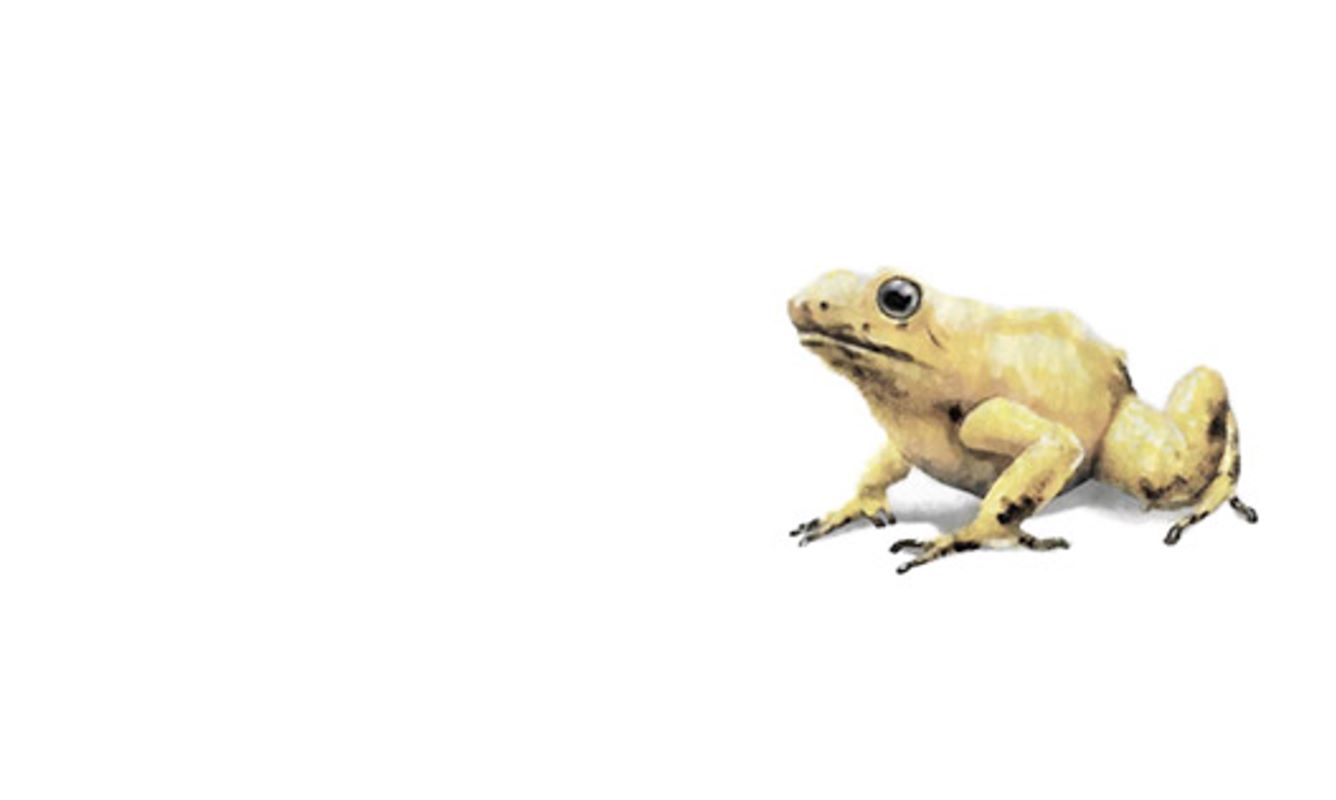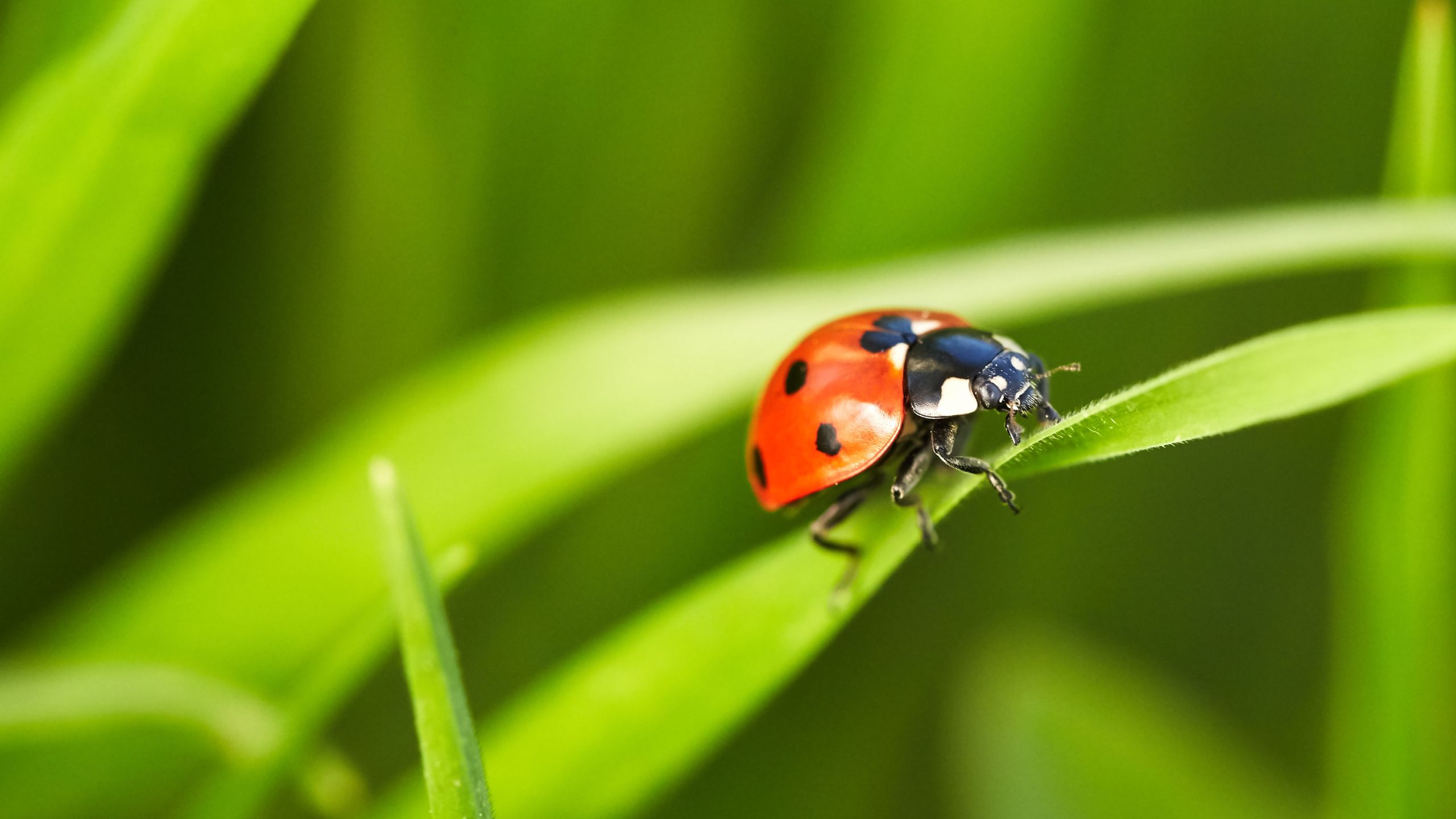Colour, rhythm and (bio)diversity: ¡Hola, Colombia!
The image most of us picture of Colombia includes vibrant cities, lush forests and turquoise seas. Anyone who has had the fortune to visit this South American country can attest to all the above and then some.
What is it about Colombia? A big part of the appeal comes from the unique set of animals and plants on both sea and land. The ultra rich fauna and flora makes Colombia one of the most biodiverse countries in the world, second only to Brazil. In fact, Colombia is one of just 17 “megadiverse” countries on the planet.
Megadiversity
For a country to be considered megadiverse, its biodiversity must be mostly endemic. This means plants and animals originate there and are not found anywhere else. It must meet two other criteria:
- Have at least 5,000 of the world’s plants as endemics;
- Have marine ecosystems within its borders.
The remaining megadiverse countries are the USA, Mexico, Ecuador, Peru, Venezuela, the Democratic Republic of Congo, South Africa, Madagascar, India, Malaysia, Indonesia, the Philippines, Papua New Guinea, China, and Australia.
How did the list of 17 megadiverse countries come about?
In 1988, the American non-profit association Conservation International, which aims to protect and restore nature, coined the term “megadiversity”. The goal was to raise awareness of the fact that these 17 countries represent only 10% of the planet’s area, but account for nearly 70% of all biodiversity.
Exploring Colombia’s biodiversity
Colombia is criss-crossed by the Andes mountain range (from North to South) and bathed by the warm Caribbean Sea and the Pacific Ocean. The entire eastern part of the country sits upon the basins of the Orinoco and Amazon rivers. The specific climate, fauna, and flora of each of those regions generate over 300 unique ecosystems.
With amphibians, reptiles, corals, birds, mammals, orchids, flowers, palm trees and so many other animals and plants, Colombia is home to about 10% of the planet’s biodiversity. In total, there are over 50,000 species in the country, of which 14% are endemic.

Imagine running into a pink river dolphin (Inia geoffrensis), an inhabitant of the Orinoco and Amazon river systems; or perhaps into a wax palm (Ceroxylon quindiuense) of 70 metres height. In Colombia, you just might!
These are other species you can find:

- The Andean condor (Vultur gryphus), the largest bird in the world, whose wings span about three metres;

- The Colombian sloths: the southern two-toed sloth (Choloepus didactylus) that lives in colder climates, and the three-toed pale-throated sloth (Bradypus tridactylus), that prefers warmer climates;

- The blue anole lizard (Anolis gorgonae), a species endemic to Gorgona National Park;

- The jaguar (Panthera onca), whose name means “he who kills with one leap”;

- The Frailejones (Espeletia), plants of the sunflower family, which are endemic and grow in peatlands;

- The colourful parrots, such as the indigo-winged parrot (Hapalopsittaca fuertesi), one of the rarest in the world, the yellow-eared parrot (Ognorhynchus icterotis), which has its own reserve in Antioquia, and the macaws, the inspiration for the name Ara, the chain of neighbourhood stores of the Jerónimo Martins Group;

- The golden poison frog (Phyllobates terribilis), the most poisonous animal in the world;

- The spectacled bear (Tremarctos ornatus), the only bear species in South America;

- The May Flower orchid (Cattleya trianae), with more than 4,000 species, many of them endemic.
Preserving biodiversity is everyone’s business
It is biodiversity that keeps ecosystems in balance and sustains life on Earth.
However, according to WWF’s The Living Planet Report, since 1970 the world has lost 69% of its wildlife populations. Causes range from climate change, to pollution, deforestation and the over-exploitation of natural resources, which lead to the degradation of organisms and habitats, causing imbalance in the ecosystems.
In 2022, during the United Nations Conference on Biodiversity (COP15), the Kunming-Montreal Agreement was signed to protect and restore biodiversity worldwide, ensuring the sustainable use of nature and promoting investments in favour of a green economy. The targets include the restoration of 30% of degraded land and sea ecosystems, as well as the conservation and management of 30% of land, inland, coastal, and marine areas by 2030.
Change is within everyone’s reach. Find out how to play your part, for biodiversity.
Jerónimo Martins: contributing to the protection of biodiversity
The Jerónimo Martins Group has invested over 1.1 million euros in 2022 towards restoring natural habitats, protecting biodiversity, and raising environmental awareness in Colombia, Portugal and Poland, the three countries where it operates.
In megadiverse Colombia, the support focuses on the ProAves project, which protects five species of macaws in the Tití Cabeciblanco nature reserve. It also includes The Fundabejaz Foundation, which fights for the protection and conservation of bees.
Do you feel like visiting Colombia? Until that dream comes true, let our articles travel to your inbox.




